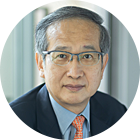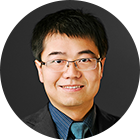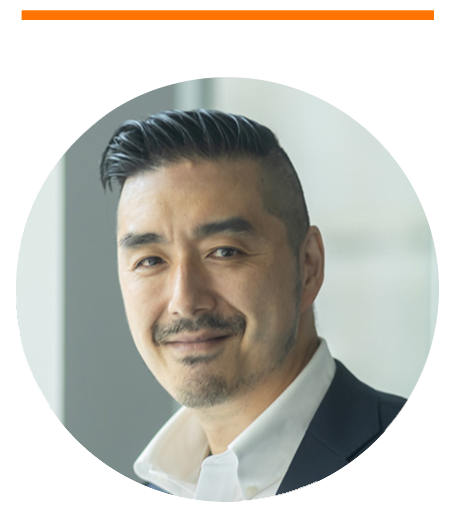
Dear Reader,
Welcome to the latest edition of the CDE Research Newsletter — Forging New Frontiers!
The theme of this issue is From Idea to Reality.
At the foundation of this issue is a series of breakthroughs at CDE that form the impetus of real-world technical impact and serve as catalysts towards societal and policy impact. Importantly, these innovations showcase the diversity of fields where our CDE community are driving change, from energy and sustainability to sensors and biomedicine.
Examples of our pioneering featured work include a study led by Associate Professor Jimmy Peng (Electrical and Computer Engineering) that proposes a framework for electric vehicle (EV) charging infrastructure to increase accessibility while helping policymakers in planning strategy.
Research by Associate Professor Zhao Dan (Chemical and Biomolecular Engineering) and his team has realised porous crystal technology for highly sensitive and specific gas sensing, which spans chemical detection through atmospheric monitoring.
Assistant Professor Clement Zheng (Industrial Design) embedded interactive circuits into ceramic, taking an everyday material to new heights. This opens doors to everything from touch-sensitive plates to smart flowerpots!
In healthcare, Assistant Professor Eliza Fong (Biomedical Engineering) led research to pioneer the development of a hydrogel capable of markedly prolonging the use of cancer cells for drug testing, which could change how we personalise patient treatment.
Taking a page from nature, Associate Professor Benjamin Tee (Materials Science and Engineering) and his team developed ‘eAir,’ a pressure sensor that provides vital feedback to doctors in scenarios such as surgical settings.
In a major step forward towards chip technologies for everything from smart buildings to wearables, Professor Massimo Alioto is serving as Director of the FD-fAbrICS (FD-SOI Always-on Intelligent & Connected Systems) joint lab, which is markedly enhancing the energy efficiency of chips that power AI devices.
In sum, this issue reveals a profoundly agile ecosystem at CDE that validates innovation and provides a clear path towards large-scale societal and policy impact. Our community is proud to be a cornerstone of bridging ideas with reality.
We hope you enjoy the issue!
All the best,
Dean Ho
Editor-in-Chief
JULY ISSUE
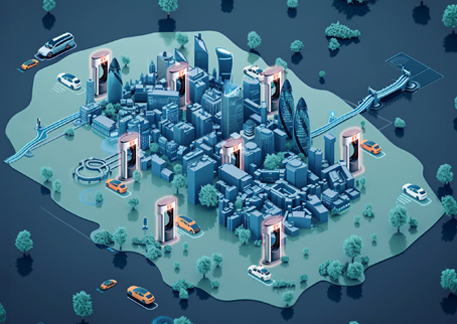
Supercharging the resilience of the EV ecosystem
Uncovering the impact of urban flooding on the accessibility of EV chargers paves the way for mitigation strategies that help policymakers strengthen the resilience of charging infrastructures.
Read More | PDF Download

Sniffing out gases with precision
Flexible, shape-shifting organic frameworks are capable of sensing gases with high precision for applications in adsorption, separation and storage.
Read More | PDF Download
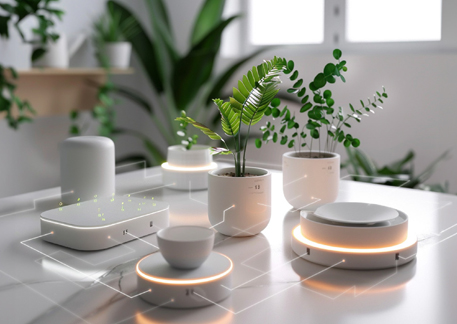
Serving innovation on a ceramic platter
Innovative ceramic wares with built-in electronic circuits are capable of responding to touch, temperature and moisture, blending technology with everyday items to create convenience and connection.
Read More | PDF Download
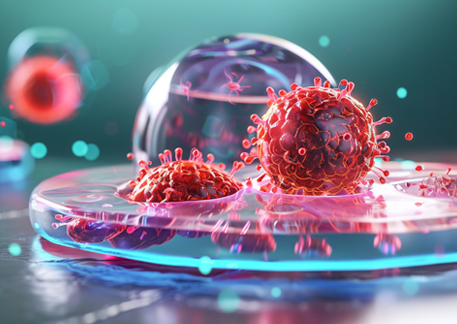
Keeping cancer cells content
A jelly-like hydrogel platform keeps tumours alive for ten days, enabling an effective testing ground for various anti-cancer drugs and treatments.
Read More | PDF Download
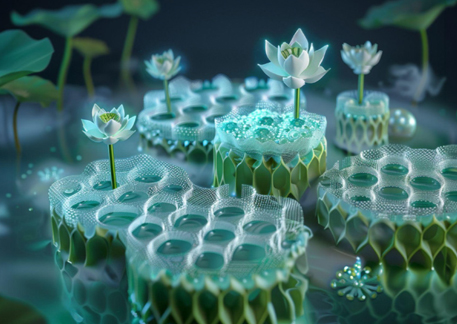
Learning from the lotus leaf
Inspired by the lotus leaf, the ‘eAir’ sensor achieves near-ideal pressure sensing and is applicable in diverse liquid environments, including those involved in medical settings.
Read More | PDF Download
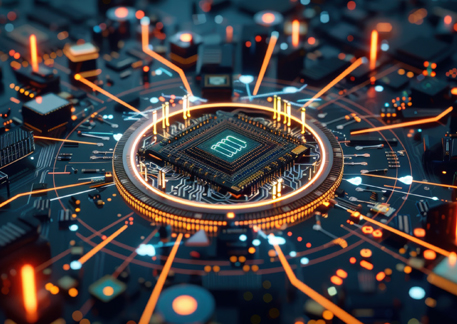
Turbocharging the energy efficiency of AI processors
Breakthroughs in chip design techniques offer three crucial benefits for AI devices: reduced power consumption, extended battery life and the ability to support intense computational workloads.
Read More | PDF Download

Supercharging the resilience of the EV ecosystem
Uncovering the impact of urban flooding on the accessibility of EV chargers paves the way for mitigation strategies that help policymakers strengthen the resilience of charging infrastructures.
Read More | PDF Download

Sniffing out gases with precision
Flexible, shape-shifting organic frameworks are capable of sensing gases with high precision for applications in adsorption, separation and storage.
Read More | PDF Download
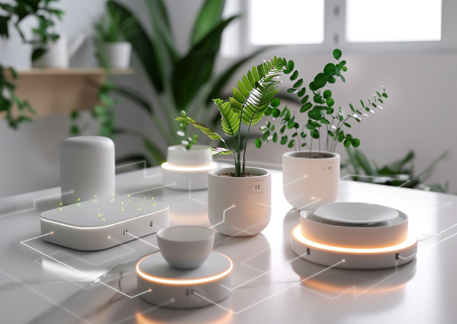
Serving innovation on a ceramic platter
Innovative ceramic wares with built-in electronic circuits are capable of responding to touch, temperature and moisture, blending technology with everyday items to create convenience and connection.
Read More | PDF Download

Keeping cancer cells contented
A jelly-like hydrogel platform keeps tumours alive for ten days, enabling an effective testing ground for various anti-cancer drugs and treatments.
Read More | PDF Download

Learning from the lotus leaf
Inspired by the lotus leaf, the ‘eAir’ sensor achieves near-ideal pressure sensing and is applicable in diverse liquid environments, including those involved in medical settings.
Read More | PDF Download

Turbocharging the energy efficiency of AI processors
Breakthroughs in chip design techniques offer three crucial benefits for AI devices: reduced power consumption, extended battery life and the ability to support intense computational workloads.
Read More | PDF Download

Supercharging the resilience of the EV ecosystem
Uncovering the impact of urban flooding on the accessibility of EV chargers paves the way for mitigation strategies that help policymakers strengthen the resilience of charging infrastructures.
Read More | PDF Download

Sniffing out gases with precision
Flexible, shape-shifting organic frameworks are capable of sensing gases with high precision for applications in adsorption, separation and storage.
Read More | PDF Download

Serving innovation on a ceramic platter
Innovative ceramic wares with built-in electronic circuits are capable of responding to touch, temperature and moisture, blending technology with everyday items to create convenience and connection.
Read More | PDF Download

Keeping cancer cells contented
A jelly-like hydrogel platform keeps tumours alive for ten days, enabling an effective testing ground for various anti-cancer drugs and treatments.
Read More | PDF Download

Learning from the lotus leaf
Inspired by the lotus leaf, the ‘eAir’ sensor achieves near-ideal pressure sensing and is applicable in diverse liquid environments, including those involved in medical settings.
Read More | PDF Download

Turbocharging the energy efficiency of AI processors
Breakthroughs in chip design techniques offer three crucial benefits for AI devices: reduced power consumption, extended battery life and the ability to support intense computational workloads.
Read More | PDF Download
PDF DOWNLOAD
Download the full issue below.
EDITORIAL BOARD
ISSUE 2
Editor-in-Chief:
Editorial Board Members:
SUBSCRIBE
Click Here to subscribe to our newsletter.
Images on this website were created with the assistance of DALL·E 2





